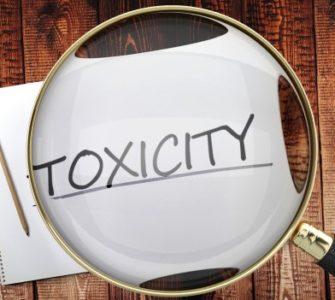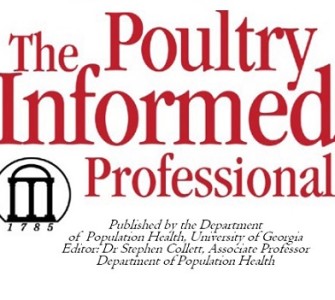Histopathology helping poultry plants use science to defend carcasses, minimize condemnations
Most people in live poultry production haven’t spent a lot of time reading about histopathology. Still, veterinarians who specialize in diagnosing disease in animal tissues are spending more time in processing plants helping to minimize costly carcass condemnations while maintaining the company’s high standards for quality.
There are several reasons that processing plants might call in a veterinary pathologist, according to Fred Hoerr, DVM, PhD, who is a veterinary pathologist specializing in histopathology in processing plants.
“The call for histopathology when it comes to processing involves, usually, a company veterinarian or a manager that’s got some type of a problem in the processing plant,” says Hoerr, owner of Veterinary Diagnostics Pathology, LLC.
“They need help defining what the problem is so that everyone can meet the same goal of getting good, healthy, wholesome food into their supply line,” he told Poultry Health Today.
When the inspectors call
His phone tends to ring when inspectors for USDA’s Food Safety and Inspection Service are at the plant and condemning what the poultry company views as an inordinate number of whole carcasses.
“The company wants to make sure that they’re making the call correctly because they, of course, only want good, wholesome product, but also they don’t want food product to be going in the disposal bin.
“And so it becomes a matter of efficiency to get a good, objective third-party definition of what’s going on so that the right decisions can be made to make sure that product is handled properly.”
According to Hoerr, the most common problems are related to septox issues (septicemia or toxemia), with companies tending to want confirmation that calls are being made correctly. That can be a challenge, especially in processing plants where there are fewer sampling opportunities
“Processing pathology is different than field diagnostic pathology,” he explained, referring to samples taken on broiler farms.
“With field diagnostic pathology, you’ve got a wide selection of samples that you can take, and you can really hone in on a problem and get to a diagnosis.
“With processing, it depends on what stage of the process you’re in. And in some of the advanced stages of processing, all of the viscera have been removed from the animal except for a few exceptions. So, your sampling of tissues is much smaller.”
Unbiased assessments
While it’s sometimes difficult to avoid, Hoerr said he prefers to make assessments without knowing opinions of processing plant staff, which could unintentionally bias his investigation.
Most times he’s summoned to plants at the height of a crisis — when plants are awaiting analysis and causing a backlog in freezers and with shipments.
To help the situation, giving a pathologist as much notice as possible is always helpful, Hoerr suggested. This allows a dialogue to begin about the best way to take and store samples.
“I increasingly work with quality control managers,” he said. “And I just want them to know that there are answers to the problems that they’re dealing with, and that there are people that can help them.
“A veterinarian with a microscope can do a lot to define what they’re seeing,” Hoerr added. That can help to resolve their problems and, to the satisfaction of both the regulatory side and the producer side, “to make sure that they’re getting the best answer and putting the best product into the food supply.”
Posted on February 24, 2021















